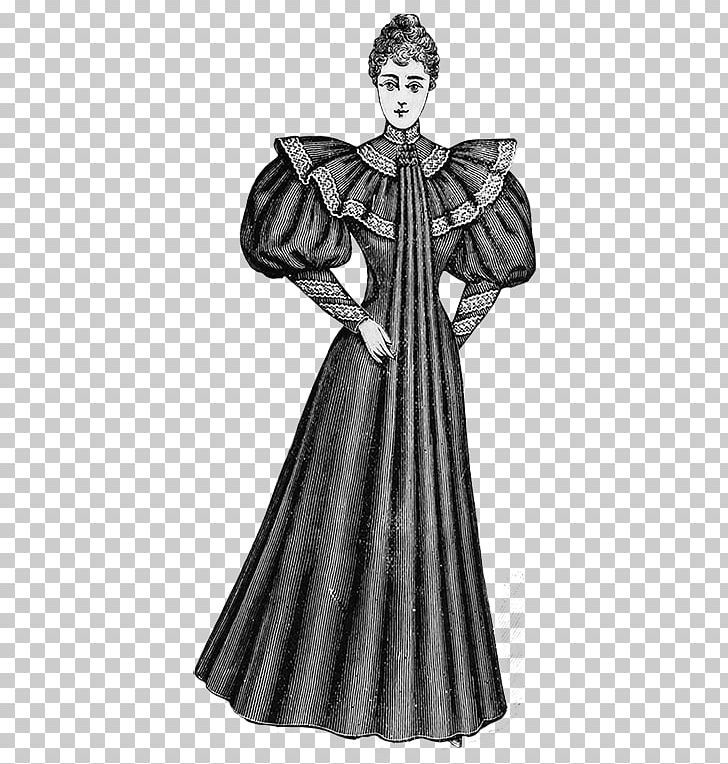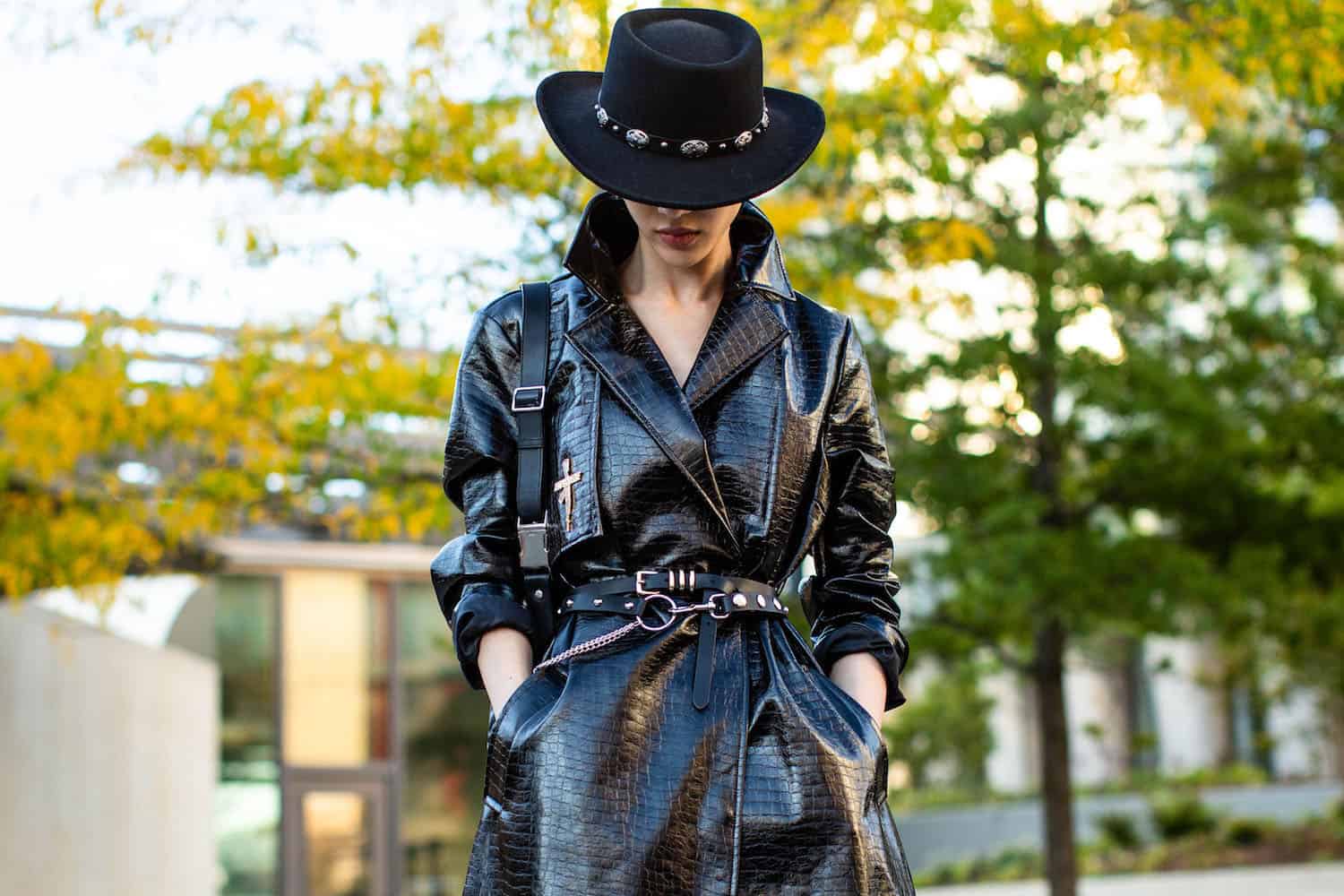
Performance art is an artistic form that challenges traditional art boundaries and is performed in front of a live audience. It is an experimental art form that can be performed using any number of mediums. There are many types of performance, including music, dance, sculpture, painting and literature. The goal of performance arts is to stimulate public reactions to the art. Often, these performances are ephemeral.
Performance art's emphasis on the body or the 'body is an art object' is a key characteristic. The body presents ethical questions about culture, race, gender, and class. Performance art can also be controversial. Many artists resort to shocking acts of violence against the bodies they are performing. In addition to this, many artists use robots and other machines as performers. Other artists provoke audiences to question their participation as voyeurs.
Although performance art is strongly rooted in avant-garde culture, it can also be influenced by many other cultures. Cabaret Voltaire, Dadaism and Dadaism are some of its earliest antecedents. Futurism is another influential influence. Futurism, Dada, Constructivism and Futurism were all early twentieth-century performance artists who used the aesthetics of Renaissance masquerades and spectacles to challenge traditional ideas about art and art objects. They also responded scientific breakthroughs, which led social transformations.

Happenings is one of most influential forms in performance art. Happenings were performed in unexpected venues. To stimulate critical awareness in viewers, the works were intended to be temporary. Some aspects of the work were planned, but the actions were spontaneous. This form of performance is closely tied to the avant-garde, which was one of the dominant movements of the 1960s.
Vietnam War, which lasted from the 1970s to the 1990s, was a huge source of material and inspiration for performers. Performance art had become mainstream culture by the 1990s. Major museums began to exhibit and collect performance artworks. As the movement grew, artists used a variety of media to create and present works, including photography, slide projection, and performance art.
Some artists were more active then others. While most artists were concerned with the political and social aspects their work, there were some artists who focused more on personal issues. YokoOno, for instance, stayed in bed long enough to peacefully protest. Other artists, such as Marina Abramovic and Chris Burden, performed shocking acts of violence against their own bodies.
These and other artists were crucial in the development of the art of using live tissues, bacteria, etc. Anthropometries (1958), by Yves Klein is an example. Carolee Schneemann’s Interior Scroll from 1975, a moving and evocative work about female sexuality & cultural representation of women, is another example.

Many artists today draw inspiration from the performance medium to explore topics such as human endurance, patience, and other issues. Tino Selgal, for example, uses politics and dance to enhance their work. Although performance art was once marginalized, it is now a vital field for experimentation.
FAQ
What are my options for buying new clothes?
You can still afford new clothes. It's important to keep in mind that you don't have to spend thousands of dollars on clothes. Shop at Dollar General Discounts to Save Money
Are there any clothing stores online?
Many clothing shops can be found online. Many of them offer free shipping or returns. Others require a small fee.
Online clothing shops can sell anything from jeans to swimsuits.
The store will have a different selection. Some sites sell only men's apparel, while others carry both.
How do I find the right clothing style for me?
It's easy to tell which type of clothing looks best on you because you have a unique body shape. You can see yourself in the mirror and determine what fits you best.
Some people look great in certain clothing styles while others look amazing in other styles.
Consider your personal preferences and style when shopping.
If you are a fan of wearing dresses, you might consider trying on different styles.
Statistics
- GIVE 20% OFF, GET 20% OFF. (asos.com)
- Also, they are known for offering up to 50% off quite often – always wait for the sales with Express! (collegefashion.net)
- STUDENTS GET 10% OFF GET YOUR CODE (asos.com)
- For her AW15 menswear show, according to Water, "where models with severely bruised faces channeled eco-warriors on a mission to save the planet." (en.wikipedia.org)
- According to Water, [41] The annual Academy Awards ceremony is also a venue where fashion designers and their creations are celebrated. (en.wikipedia.org)
External Links
How To
How To Dress Cute
Dressing up in a way that doesn't make you look too doll-like.
This tutorial will give you some helpful tips and tricks to make your outfit cute.
-
Be sure to fit properly. It is difficult to look fashionable if your clothes aren't fitting well.
-
Accessorize with accessories that match your outfits. If you are wearing a long skirt, add a belt to match the length. If you're wearing a top, try adding a scarf or necklace that matches the color scheme.
-
Wear something that will make your eyes sparkle! I've seen girls that looked amazing in their jeans and teshirts, but who were so cute when they added sparkly earrings and bright red lips gloss to make them shine!
-
Smile. Even if you feel like you just want to cry because you're so stressed out, try smiling anyway. That's what people find attractive.
-
You can be creative! Take your creativity with you! Next, go online and research which colors you like best.
-
Experiment with different styles! It's okay to try new styles. You should not overdo things.
-
Have fun! This whole thing should be fun! Have fun and enjoy!
-
Remember that everyone is unique. A person's idea of cute may not suit another.